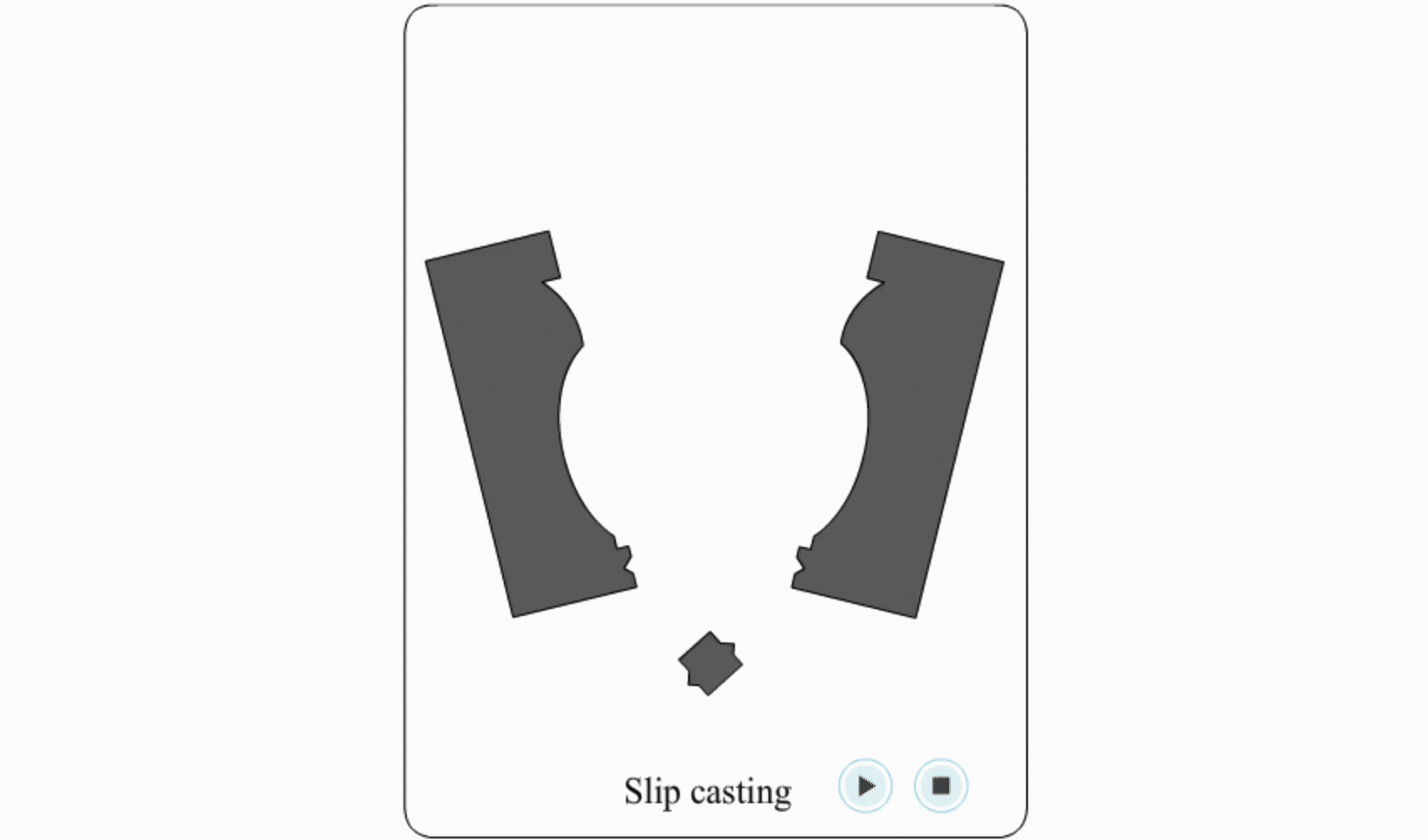Search
- yohoho
- unblocked games 77
- unblocked games 8
- unblocked games 2
- unblocked games for school
- unblocked games world
- retro bowl
- unblocked games
- unblocked games premium retro bowl college best unblocked games unblocked games
Liquid state forming (LSF) is similar to casting of metals; the only difference being the use of ceramic slurry instead of molten metal. The entire process of casting is described further:
• In the beginning we join parts of mould and carefully fix them together with the aid of rubber band.
• Then, we pour the slurry of ceramics into the mould. As soon as the slurry settles down, we fill it up again. This is repeated according to the desired thickness of the product is achieved, considering the shrinkage after drying and also after firing. The inner surface of the mould absorbs water from the slurry in contact with and the slurry transforms into fine paste of clay. Depending on the size and thickness of the product, we allow the slurry to remain inside the mould.
• For Example: while making a teapot, the slurry is kept in the mould for about 5 minutes while in the case of twilight pen; it is kept for around 15 minutes.
• Once a desired thickness is achieved, the mould is inverted and the excess slurry is taken out leaving behind the paste of clay which takes a new shape of the inner surface of the mould.
• The product is taken out from the mould after 15 minutes. As the ceramic paste takes the shape of the mould, its size is smaller and seems to be an integral part of the mould.
• The wet product is then dried in shadow. And, finally, the raw product is fired in a furnace.

